When it comes to online marketing, and SEO in particular, the new year is a time to take a look at what you’ve done in the past year and decide on what you want to accomplish in the next 365 days. Chances are, your SEO goal for 2017 is to get to the top of Google’s search engine results page (SERP). That’s why we at Online Performance, a top SEO agency in London, are happy to bring you the comprehensive list of quick SEO tips that will help your website place better in the SERPs, gaining you more valuable traffic to your website.
Complete this form for a free SEO audit report of your website by one of our experts
1) Use Local Listings
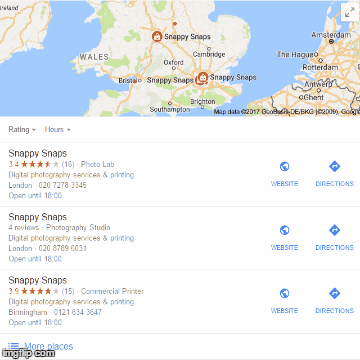
Local listings are essentially a profile about your business that contains crucial information like your address, phone number, operating hours, a link to your website, and other details. These profiles can be created via a number of different services – such as Yelp, Yahoo! Local, and Google+ Local – but all share the goal of making your business visible to potential customers. If you take the time to have your business listed in these local indexes you will increase the chance of ranking well in local searches.
Here are some practical tips on how to create a local listing:
- Use a local phone number, not a toll free (1-800) number.
- Use a unique and dedicated street address and not a P.O. box.
- Use your real business name when creating the listing.
2) Migrate to HTTPS
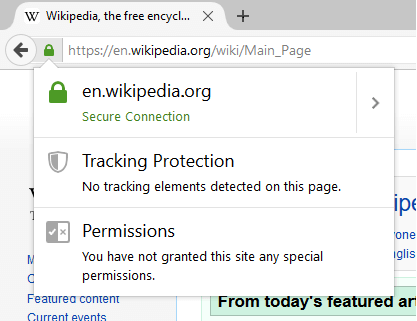
If you’re website is still running on HTTP, it’s time to make the switch and migrate to HTTPS. Google announced last year that web pages using HTTPS will have a minor rankings boost. This makes sense given the fact that Google generally favors sites that are trusted, verified, and authoritative.
That’s why migrating to HTTPS, encrypting user data, and providing an extra level of security, is important for a good SERPs ranking. But you should be aware that migrating is not a simple task and if it’s done improperly, it can cause more harm than good. Make sure to methodically migrate your website and to only take on this task if you have the technical know-how to do so.
3) Blog Section
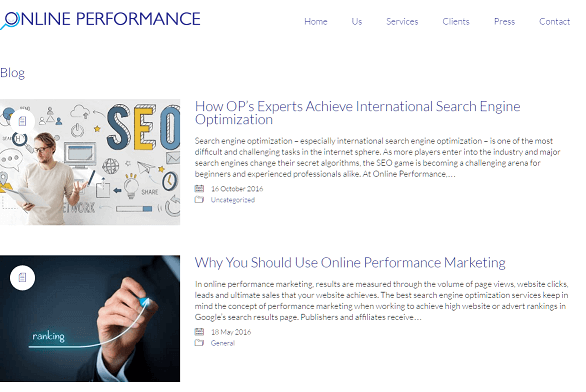
So many companies completely ignore the potential that a blog gives them when it comes to ranking on Google and other search engines. Establishing a blog will allow you to increase the size of your website, which means more pages can be indexed, giving you more opportunities to rank for keywords. Use your blog to create fresh content and incorporate competitive and long-tail keywords into your content.
A blog can also help you generate quality backlinks to your site. The better content you have, the more likely it is that other websites will share what you have to say. Each and every authoritative link heading to your website is an important step to getting your site ranked higher on the SERPs.
4) Use Screaming Frog to Fix 301/404 Errors and Titles/Descriptions
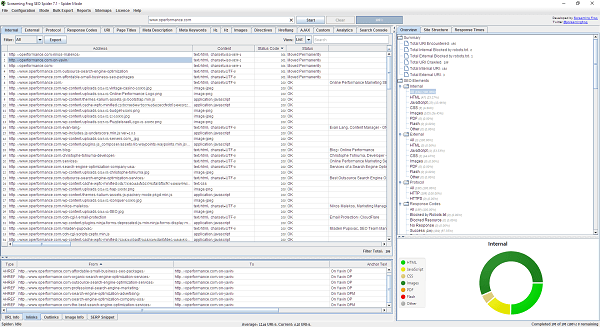
Using the right SEO tools can really help you audit your site to make sure it’s properly configured for Google’s web crawlers. One of the most useful tools is the Screaming Frog SEO Spider. The tool essentially looks at the CSS, links, images, and other aspects of your website to reveal what search engine spiders see. You can then analyze the results and make changes to optimize your site for SEO.
5) Use Schema Where Appropriate
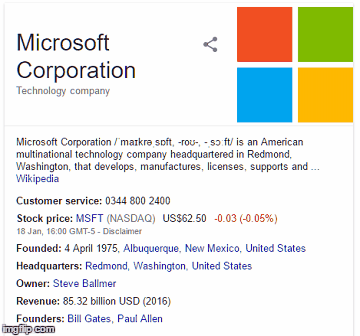
Schema markup is way underused but really powerful in helping your website get good search engine rankings. Schema is code that is incorporated into your website to provide extra information to the search engine. The code essentially tells the search engines what your website says and also (more importantly) reveals what the content on your site means.
Learning how to properly use schema can give you a SERP boost because not many websites are currently using the code. The following are three schema types that are easy to incorporate into your website:
- Person: This schema adds a line of gray text below your webpage’s title, providing more information about the author of the post or the owner of the website. For example, if you are running a website at www.JoeSmith.com, the text can include information about Joe’s current location, his job title, and the company he works for. This sort of information makes your website seem more reliable and therefore helps increase your click through rate (CTR).
- Event: This is probably the most commonly used schema and one of the most effective. If you are promoting upcoming events on your website – let’s say for a concert as an example – this schema can display the dates and venue locations of those events. Event schemas add at least three rows of text to your page’s organic results. This will increase your CTR by providing users with more links that may be appropriate to them and increasing the chances that they will click on one of your URLs.
- Rating: The rating schema adds a line of text under your page’s title and display’s the cumulative rating that users have given your site. For example, a restaurant or other consumer business may use this schema to reveal their customers’ level of satisfaction. This schema has a proven influence on CTR because a high rating equates to authority and increases the chance of someone clicking on your link. Yet, if you abuse the rating schema by overusing it you are likely to be penalized by Google and other search engines.
6) Use a Clean URL and Hierarchy

There are a number of SEO best practices regarding URLs and your site hierarchy, but one of the most important and easy to implement is using “clean” structures. That means creating URLs that are readable by human beings and are not a jumbled mix of letters and numbers. For one, clean links help users trust your website, an important factor given the fact that search engines can tell how users are engaging with links.
Take the following three URLs as an example:
- http://www.mypage.com/all-about-me/
- http://www.mypage.com/post?ID=909/all=about&me
- http://cdn-07.mypage.si/834asdfne?=i324dasde3514
Users are much more likely to likely to engage with the first “clean” URL because it seems more legitimate and they know what to expect by clicking on the link. The second link is less transparent and may raise some doubts for the user. The last URL is a complete mess, seems illegitimate, and is likely to be ignored by the user.
Good URLs can also help you rank by placing keywords in your links; yet, keep in mind that short URLs are often favorable over long, complex ones.
The same goes for your website hierarchy; not only does a structured and organized hierarchy allow for a better user experience, it also provides some tangible SEO benefits like creating sitelinks on the search engine results page.
7) Use Breadcrumbs
![]()
Breadcrumbs are used to help users keep track of where they are located on a website. This is especially useful for large websites or those that have a lot of unique pages. They generally appear near the top of the webpage and allow the user to create a path from the current page they are on, to the homepage of your website.
Let’s take the website of a fictitious plumbing service as an example. The page would likely contain information about the specific services the company provides. In that case, the breadcrumbs on the site may look like this:
Home > Services > Residential Services > Frozen Pipe Repair
The path clearly shows the user where they are currently located (on a page with information about frozen pipe repair), how they got there, and how the website’s information is organized.
Breadcrumbs not only make your site easier to navigate, they also help the search engines rank your page. Google and others can use breadcrumbs to logically view the structure of your site. If you use breadcrumbs intelligently, you can direct keywords at certain pages and improve the internal linking of pages within your website.
These 7 tips are all relatively easy to implement but can pay dividends when it comes to your site’s ranking on the SERPs. Keep in mind that there is no one trick to getting on the first page of Google, but if you employ all of these tips in conjunction, they may contribute significantly to your website’s rankings.
